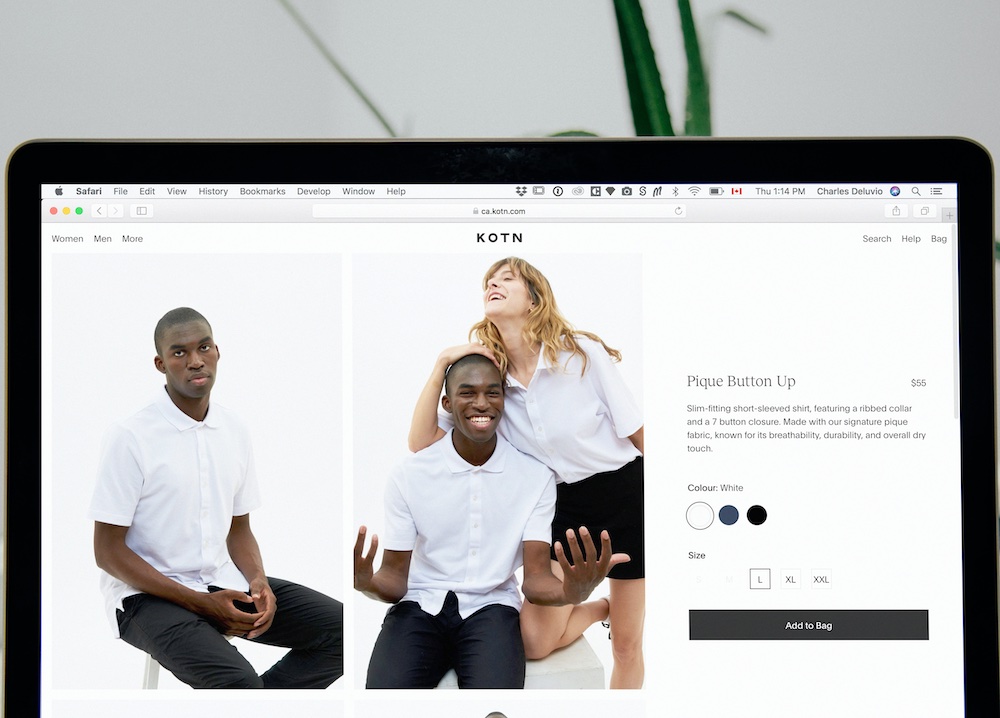What Matters Most to Online Shoppers and the Path to Purchase
Online shopping has been accelerated by as much as five years because of the pandemic. With e-commerce sales sky-rocketing, online and e-commerce businesses need to pivot and adjust quickly to online shopping trends. Before you launch or promote your online store, you should have a clear understanding of what matters most to online shoppers and the path to purchase.
Trust and Credibility
Consumers need to trust your brand before they even decide to purchase. 86% of consumers look for authenticity when choosing what brand to purchase from. As a brand, not only do you need to establish trust and be completely transparent with your consumers, but you also need to be vocal about social issues. A survey showed that 64% of consumers would either embrace or shun a company solely based on their position in a social or political issue.
Easy Product Access
A successful e-commerce business needs to be visible on the Google Shopping Tab and should have all social media shopping functions set up accurately. 71% of consumers start by using an online search engine to find products and services that might interest them, and 74% use a search engine to research a product, its qualities, and reviews when considering a purchase.
Accurate Product Information
Accurate product descriptions maximize the possibility of sales. 98% of online shoppers will discontinue a purchase if the product information is inaccurate or incomplete and another 50% will return their products if the description does not match the practicality. 88% of online shoppers are less likely to return to a business after a bad experience.
Importance of Pricing
Online prices can change up to 8 times a day. It’s no surprise that consumers search for the same product over four different websites in order to find the best deal. Pricing is important in a consumer’s path to purchase, so much so that half of online shoppers abandon their carts because of high extra costs such as shipping, taxes, extra or hidden fees. There are many price matching services available to consumers such as the Google shopping tab or Honey. Before it would take hours to price match, flipping through flyers or going in-store, but now customers can price match within minutes.
Customer Convenience
Free delivery is the number one reason why people shop online, and 66% of online consumers would pay more to make a purchase more convenient. Offer free shipping to maximize convenience and minimize online shopping cart abandonment. 80% of consumers are more likely to buy a product if free shipping is offered. Three ways your company can cover free shipping costs are to:
- Increase product prices to cover the shipping costs
- Pay for the shipping cost yourself
- Offer discount codes or free shipping when a customer orders for over a certain amount.
Protect Consumer Data
Privacy is a deal-breaker for many consumers. 70% of Americans believe that their personal data is more at risk today than it was five years ago. 62% of consumers are willing to share their data in exchange for more personalized product and service recommendations while 32% were not. A business needs to value their consumers’ opinions to maintain a long-term relationship, and should seek their feedback regarding privacy matters.
As online shopping is becoming the number one way to buy, businesses need to quickly adapt to meet ever-changing consumer expectations. Your e-commerce business can thrive as long as you focus on what your consumers want and their path to purchase. If you’re looking for more tips to help your e-commerce brand, check out this blog to learn about e-commerce trends that have emerged in the last couple of years.
Articles you might also be interested in –
Soar Media Group is a full-service social media marketing agency located in Toronto. We help lifestyle brands create unique social media experiences through digital storytelling and content marketing. Contact us for a quote.




